Israel’s genocide in Gaza Strip invites comparisons with Hiroshima and Bosnia
By Ivan Kesic
It’s been almost a month now since the Israeli regime launched its indiscriminate bombing campaign in the besieged Gaza Strip, with the death toll of Palestinians continuing to mount, most of them children.
Israeli warplanes have been targeting the densely populated civilian areas in the coastal territory of 2.2 million people, leveling residential houses, hospitals and even places of worship.
The astonishing scale of death and destruction in Gaza has prompted comparisons between what’s happening there and what happened in Hiroshima in 1945 and Bosnia in the early 1990s.
Gaza and Hiroshima
According to available data, the Israeli military dropped 18,000 tons of bombs on the Gaza Strip between October 7 and October 30, most of which fell on the densely populated urban areas.
For comparison, the first atomic bomb used against the Japanese city of Hiroshima in 1945 exploded with the energy of 15 kilotons of TNT, roughly equal to the amount used against Gaza.
Japanese officials determined that 69 percent of Hiroshima's buildings, over 60,000 of 90,000, were destroyed or severely damaged by the atomic bomb.
An urban area of 12 square kilometers was razed to the ground, including the historic city center, and an additional 7% or over 6,000 buildings were damaged.
Salama Marouf, head of the Palestinian government's media office, said the Israeli attacks have resulted in over 200,000 damaged buildings, with 32,500 of them rendered uninhabitable.
He emphasized that most of the targets struck in the Israeli aggression were houses, public facilities and hospitals. In the past week, more devastating attacks have been reported across the besieged city, including on the Jabalia refugee camp, a cancer hospital and a university.
At least 54 mosques have also been completely destroyed, while 110 other mosques have suffered partial damages in the Israeli airstrikes. Three churches were also targeted by Israeli forces.
On August 6, 1945, on the orders of then-US President Harry Truman, an American B-29 bomber dropped the world’s first-ever atomic bomb on the Japanese city of Hiroshima, leaving a trail of death and destruction.
— Press TV (@PressTV) August 6, 2023
By Amin Farahanihttps://t.co/C3zihcTa6D
Additionally, 203 schools have sustained major damages, and 45 schools have become completely non-operational. The attacks have also destroyed almost 100 government buildings in Gaza.
The extent of urbicide in Gaza is also visible from the complete destruction of numerous residential districts, which was confirmed by satellite images.
The cataclysmic atomic bombing of Hiroshima was designed to demonstrate the new weapon and an urban target was chosen only to establish its destructive power.
The target could have been a military base or any other non-civilian area, but the American authorities deliberately chose the militarily irrelevant city so that they could count the people killed and the buildings destroyed, which is a clear war crime.
A similar fate was experienced by Dresden, a German city without any military significance, which was destroyed by bombing just to show the Soviets the Western air power.
Like Hiroshima, Gaza as a civilian target is also being destroyed with intent by the occupying regime in Tel Aviv backed by the Western states, despite widespread global outcry.
Gaza and Bosnia
From 1992 to 1995, the town of Srebrenica in Bosnia and Herzegovina was under siege by Bosnian Serb forces, after which over 8,000 Bosnian Muslim civilians were killed.
Although Srebrenica was guarded by international forces (UNPROFOR), composed mainly of Dutch soldiers, they refused to defend the town when the Serbian attack broke out.
Dutch commander Thomas Karremans requested the air intervention of NATO aviation; however, they also refused to participate so the entire area fell under the control of Serbian forces.
The genocidal massacre that took place in the following twenty days was the worst atrocity committed during the Yugoslav Wars, as well as the worst massacre that occurred in Europe since World War II.
Butcher of Bosnia vs. Butcher of Palestine #Gazagenocide pic.twitter.com/eqEGISrAVl
— Press TV (@PressTV) October 18, 2023
Both the International Criminal Tribunal for the former Yugoslavia (ICTY) and the International Court of Justice (ICJ) ruled that these mass crimes constituted genocide.
According to the Institute for Research of Crimes Against Humanity and International Law of the University of Sarajevo, 826 children were killed in Srebrenica in the period from 1992 to 1995, and 694 children were killed in just one week in July 1995.
The Palestinian Information Center on Friday reported that 9,257 people have been killed so far in Gaza since the beginning of the war, most of them civilians, 2,405 women and 3,826 children.
Therefore, it is clear that the number of victims from Gaza exceeded those from Srebrenica, which was declared genocide by international courts.
While the victims of Srebrenica were mostly killed at close range, the methods of killing in Gaza are not too different because the victims were targeted in their homes.
Many observers and lawyers openly called Israeli crimes genocide, and some pointed out that the Islamophobic rhetoric of Israeli leaders reminded them of that of the convicted Bosnian Serbs.
The reaction of the largest Western countries is also no different from the reaction seen in Srebrenica because they do nothing to stop Israeli crimes, but many even try to justify them.
VIDEO | Iron walls: One year of Israel’s largest military operation in Palestine in years
Italian farmers protest EU-Mercosur free trade deal
VIDEO | Russian FM holds annual press briefing, highlighting ‘equality-based’ diplomacy
VIDEO | Israel rejects Gaza 'technocratic body' amid continued suffering in Gaza
Iranian prodigy Benyamin Faraji wins Under-17 title in Qatar
VIDEO | Press TV's news headlines
VIDEO | Tehran residents condemn US-Israel orchestrated mosque arson, vandalism
VIDEO | South Koreans demand end to joint US military drills and provocative policy against North Korea



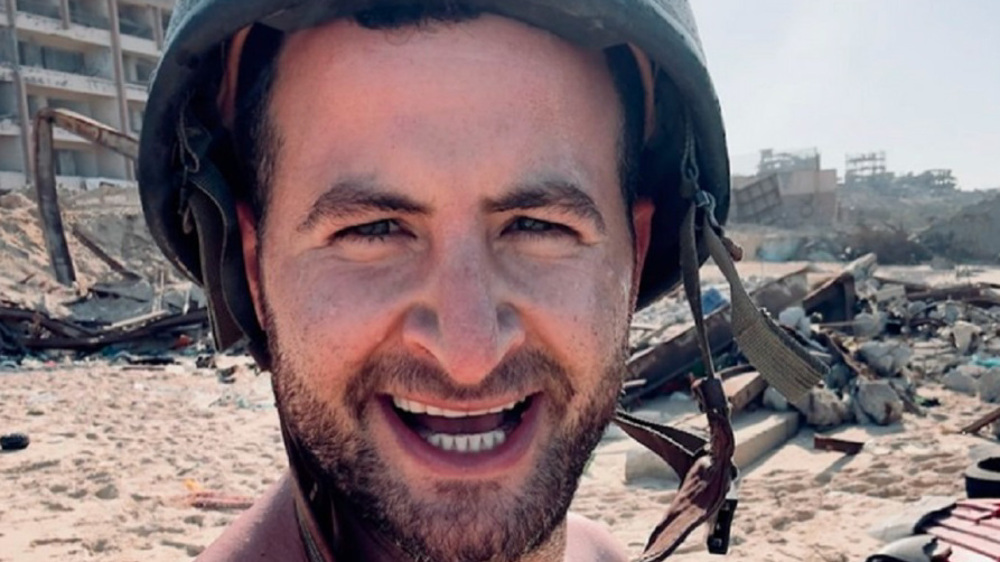

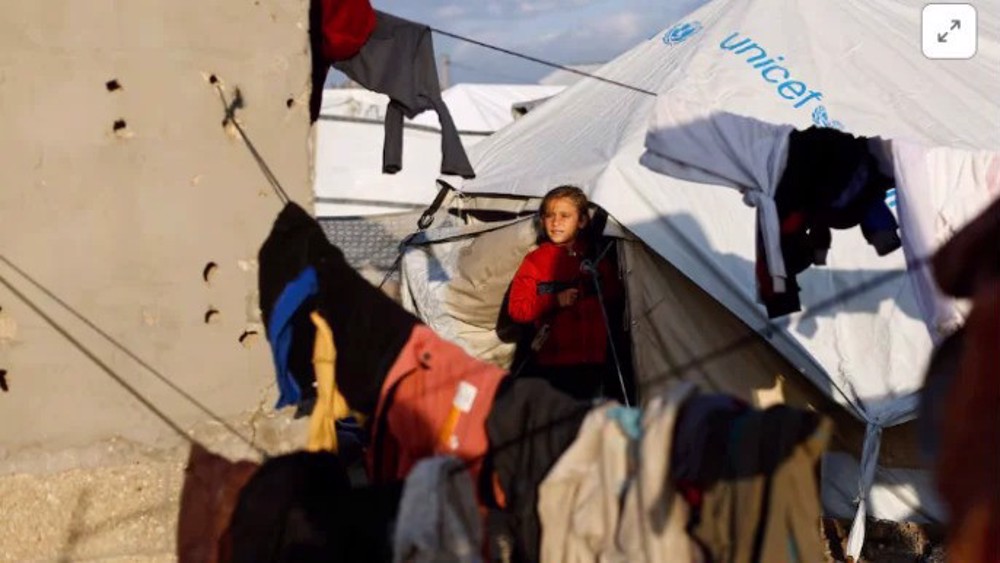




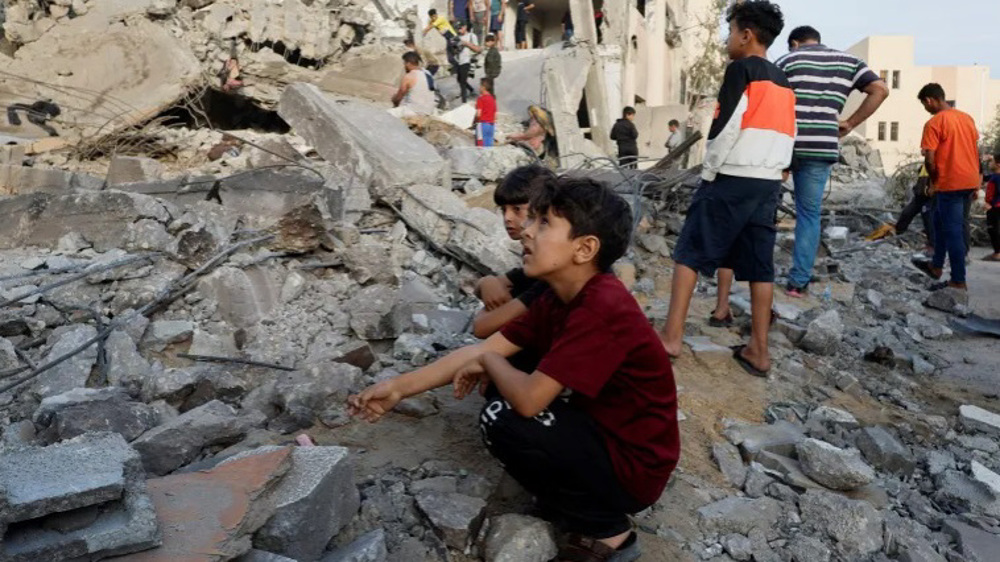
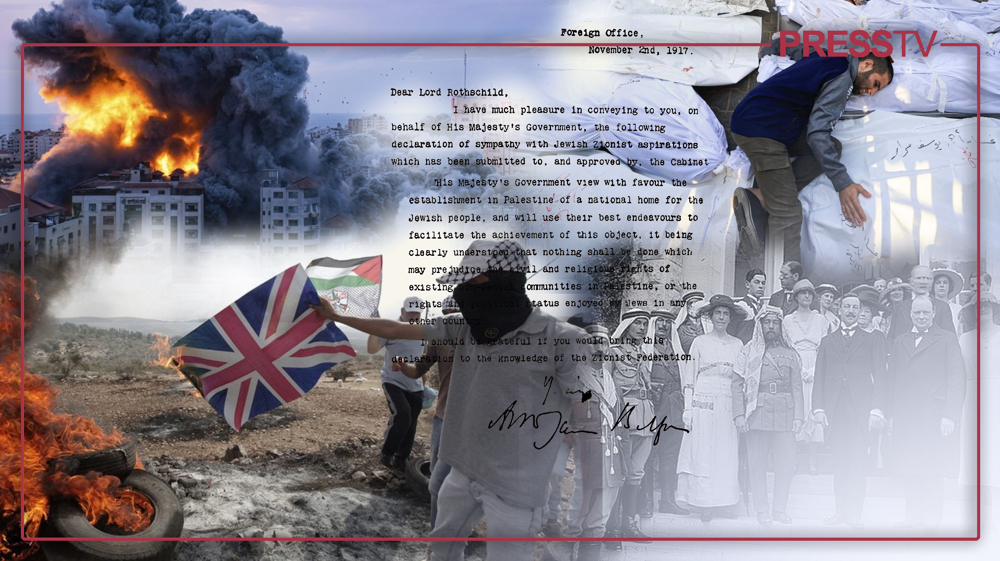
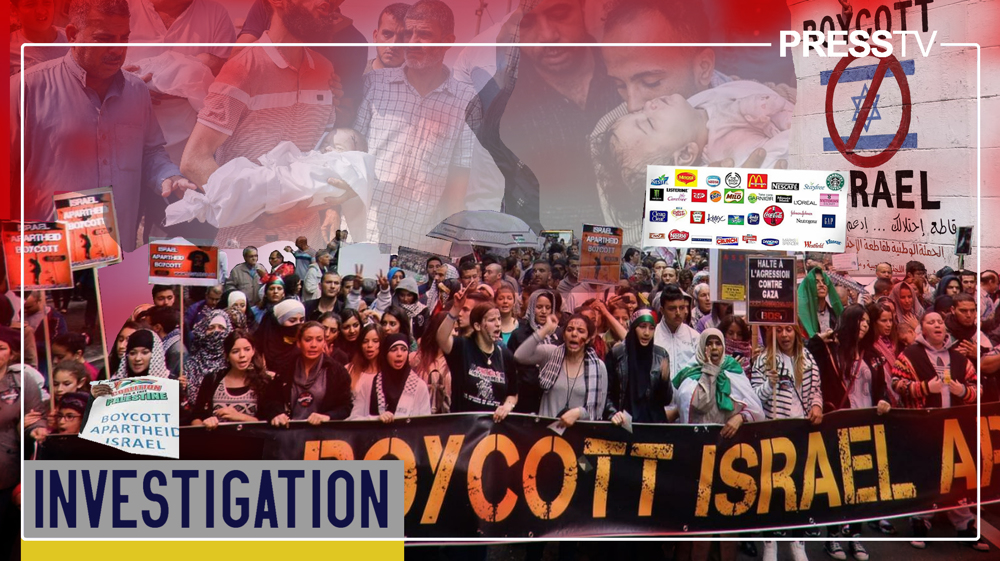
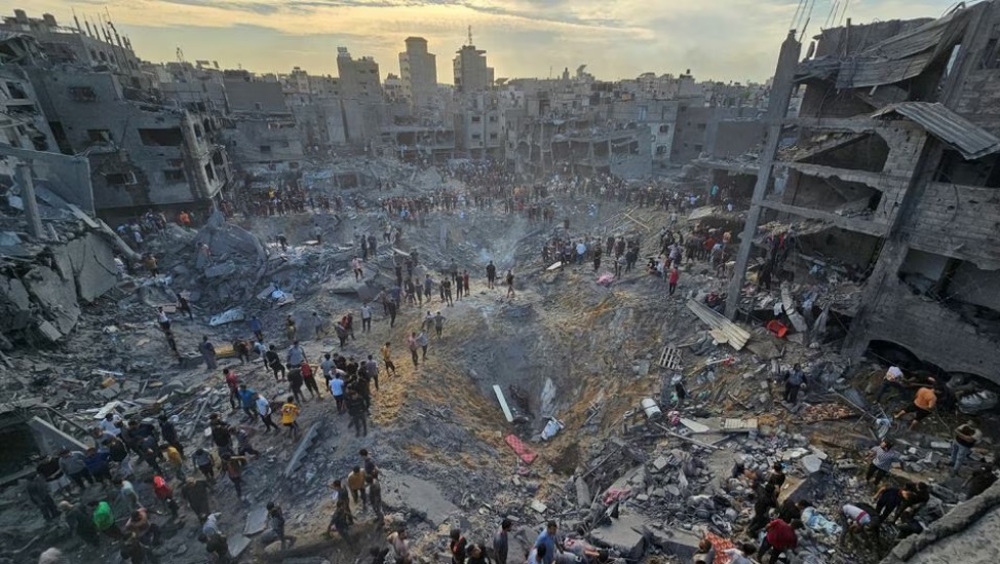

 This makes it easy to access the Press TV website
This makes it easy to access the Press TV website